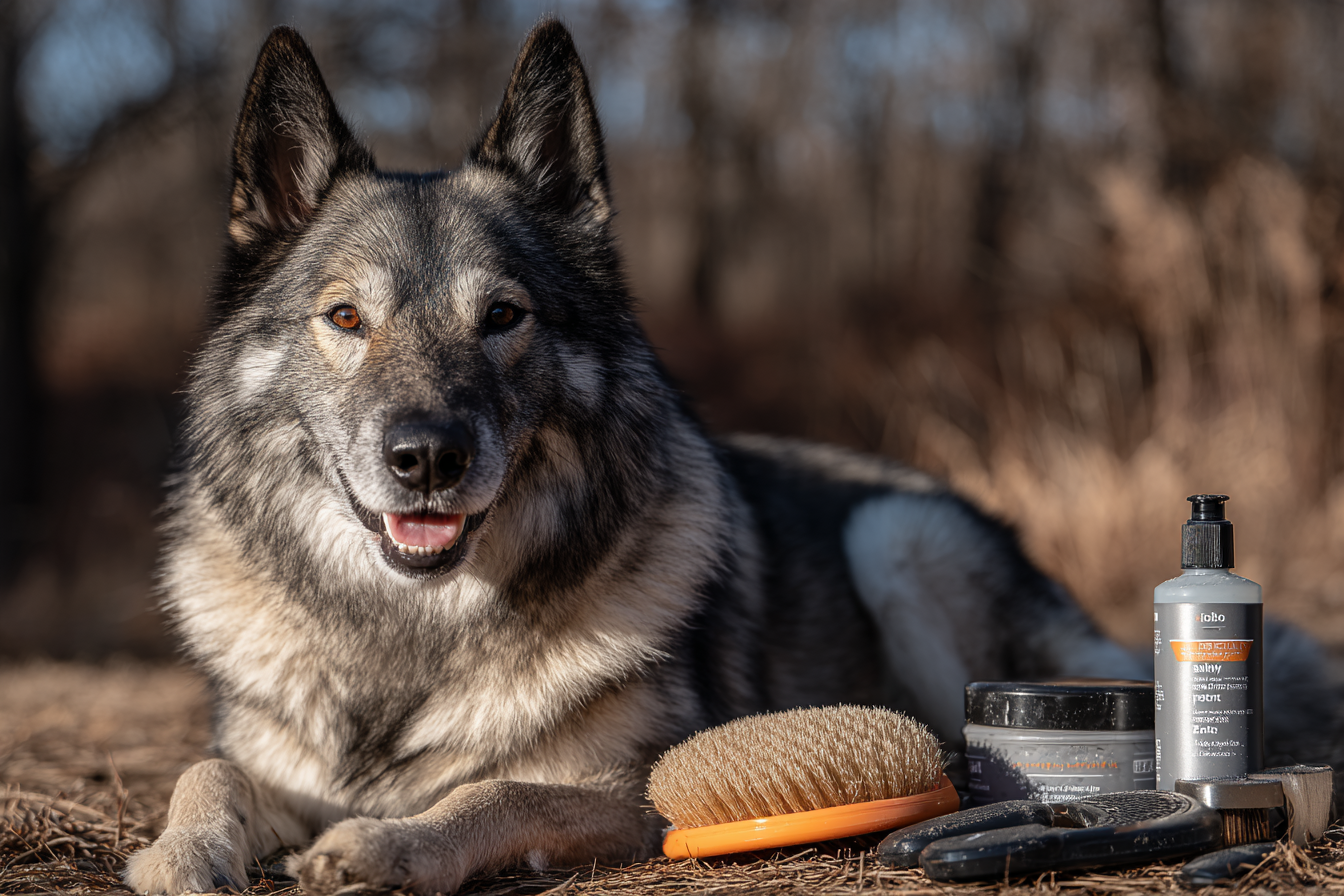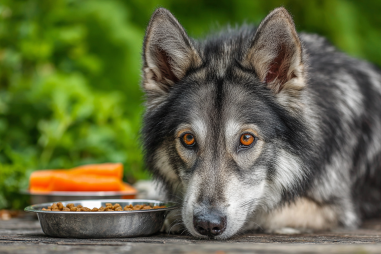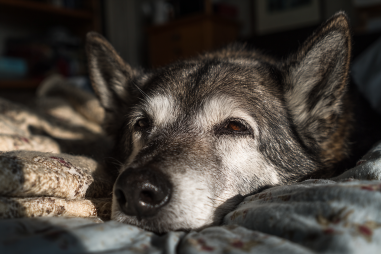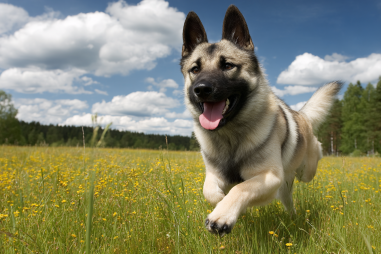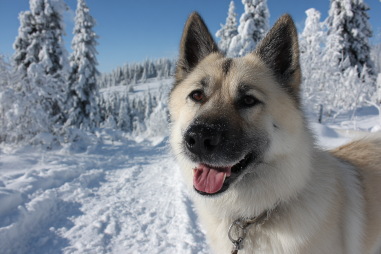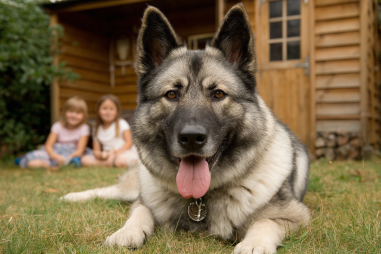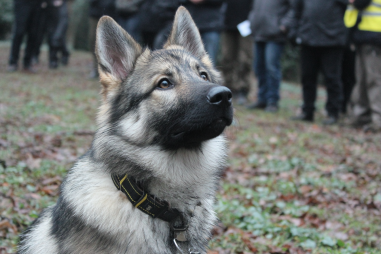The Norwegian Elkhound is a striking breed known for its thick, dense double coat that not only provides insulation but also contributes to its regal appearance. However, one of the challenges of owning a Norwegian Elkhound is managing its shedding and maintaining the health and beauty of its coat throughout the year. Understanding the unique characteristics of their coat, the shedding cycle, and the best grooming practices can help dog owners keep their pets comfortable and homes free from excessive fur. Let’s dive into expert tips and insights on effectively managing Norwegian Elkhound shedding and mastering coat care.
Understanding the Elkhound’s Shedding Cycle
The Norwegian Elkhound boasts a double coat consisting of a soft, dense undercoat and a longer, coarse outer coat designed to repel water and protect against harsh weather. This double-layered fur makes shedding inevitable, but it follows a seasonal pattern rather than a continuous one.
Typically, Elkhounds undergo two major shedding periods each year — in the spring and in the fall. During these times, the undercoat loosens considerably to prepare for changes in temperature. In spring, they shed their heavy winter undercoat as the weather warms, and in fall, they shed some of the thinner summer undercoat to grow a thicker, warmer layer for winter.
Outside of these shedding peaks, Elkhounds usually experience light, gradual shedding. Understanding this cycle is essential because it helps dog owners anticipate when their pet will require extra grooming and attention.
Brushing Techniques to Manage Fur
Regular brushing is the most effective way to manage shedding and keep the Norwegian Elkhound’s coat healthy. Brushing removes loose hair before it falls onto furniture or clothing, and it also prevents mats and tangles, which can be uncomfortable for the dog.
During non-shedding periods, brushing two to three times per week is usually sufficient. However, when the heavy shedding seasons hit, daily brushing becomes necessary to keep up with the volume of fur being released.
For brushing, use tools designed for double-coated breeds. A slicker brush helps dislodge loose hair from the undercoat, while a metal comb can be used to smooth the outer coat and remove any tangles. Some owners also find a deshedding tool, such as a Furminator, useful in reaching the undercoat and pulling out dead fur effectively.
When you brush, start at the head and work your way down the body, brushing in the direction of hair growth. Be gentle around sensitive areas like the belly and legs. Taking time and being patient during grooming sessions can turn it into a bonding experience with your Elkhound.
Bathing and Coat Maintenance Tips
Bathing is another important aspect of coat care, but it should be done thoughtfully. Norwegian Elkhounds do not require frequent baths—usually once every 6 to 8 weeks or when they get particularly dirty is enough. Overbathing can strip their coat of essential oils that protect the skin and hair.
When bathing your Elkhound, use a high-quality dog shampoo formulated for double-coated breeds. These shampoos help cleanse the coat without drying out the skin or damaging the undercoat. After lathering, thoroughly rinse to remove all shampoo residues, as leftover soap can cause irritation or flakiness.
After bathing, it’s essential to dry the coat properly, as the dense undercoat can retain moisture and lead to skin issues if left damp. A high-velocity dryer designed for pets can help speed up drying and remove additional loose fur during the process. If you don’t have access to a pet dryer, towel drying combined with good air circulation works as well.
Regularly check the coat and skin for signs of irritation, parasites, or dryness, and consult a veterinarian if you notice any concerning symptoms.
Seasonal Shedding Challenges
While seasonal shedding is natural, it can be overwhelming for some owners due to the sheer volume of loose fur. The spring blowout, in particular, leaves many homes filled with piles of dog hair. During these times, indoor fur accumulation can increase, and some pets might develop itchy skin or discomfort if shedding is left unmanaged.
To handle these challenges, increase grooming frequency and be diligent with vacuuming and cleaning your home. Keep your dog’s bedding, blankets, and favorite resting spots clean, washing or vacuuming them regularly. Using air purifiers and lint rollers can also help manage airborne and surface fur.
Additionally, maintaining a healthy diet rich in omega fatty acids supports skin and coat health from within, potentially reducing excessive shedding and promoting a shinier, healthier coat.
Tools and Products for Coat Health
Having the right grooming tools and products on hand makes managing an Elkhound’s shedding much easier. Here are some essentials:
- Slicker brush: Removes loose fur and prevents mats.
- Deshedding tool: Specifically targets the undercoat to remove dead hair.
- Metal comb: Helps detangle and smooth outer layers.
- High-quality dog shampoo and conditioner: Keeps the coat clean and moisturized.
- Pet dryer: Speeds drying and helps remove loose fur.
- Lint rollers and vacuum cleaners: Necessary for household fur management.
- Supplements with omega fatty acids: Supports skin health and reduces shedding.
Investing in these grooming essentials and using them regularly ensures that your Norwegian Elkhound’s coat remains in top condition.
Reducing Impact on Home Environment
Shedding can be challenging not just for the dog but also for the household environment. Fortunately, there are several ways to minimize the impact:
- Regular grooming: As discussed, frequent brushing significantly reduces loose fur around the home.
- Dedicated dog zones: Create areas in the home where your dog spends most of their time and keep these spaces clean and well-maintained.
- Protect furniture: Use washable covers or blankets on sofas and chairs to catch loose fur.
- Clean floors regularly: Vacuum often, especially in high-traffic dog areas. Consider using vacuum cleaners with HEPA filters for better fur containment.
- Use air purifiers: These can help reduce airborne hair and dander, improving indoor air quality.
- Bath and brush before entering the house: If your dog has been outside, brushing or wiping down their coat before entering can reduce dirt and loose fur indoors.
By combining consistent grooming with proactive environmental care, you can enjoy living with your Norwegian Elkhound while keeping shedding manageable.
Embracing the Beauty of Your Norwegian Elkhound
Managing the Norwegian Elkhound’s shedding and coat care may require some effort, but the rewards are well worth it. With proper grooming, bathing, and maintenance routines, your Elkhound’s coat will look healthy, feel comfortable, and reduce the spread of fur throughout your home. Remember, shedding is a natural part of their life cycle, and consistent care can transform it from a challenge into an enjoyable part of bonding with your loyal companion.
By embracing these grooming habits and understanding your dog’s unique coat needs, you’ll ensure your Norwegian Elkhound remains happy, healthy, and gorgeous all year round.

